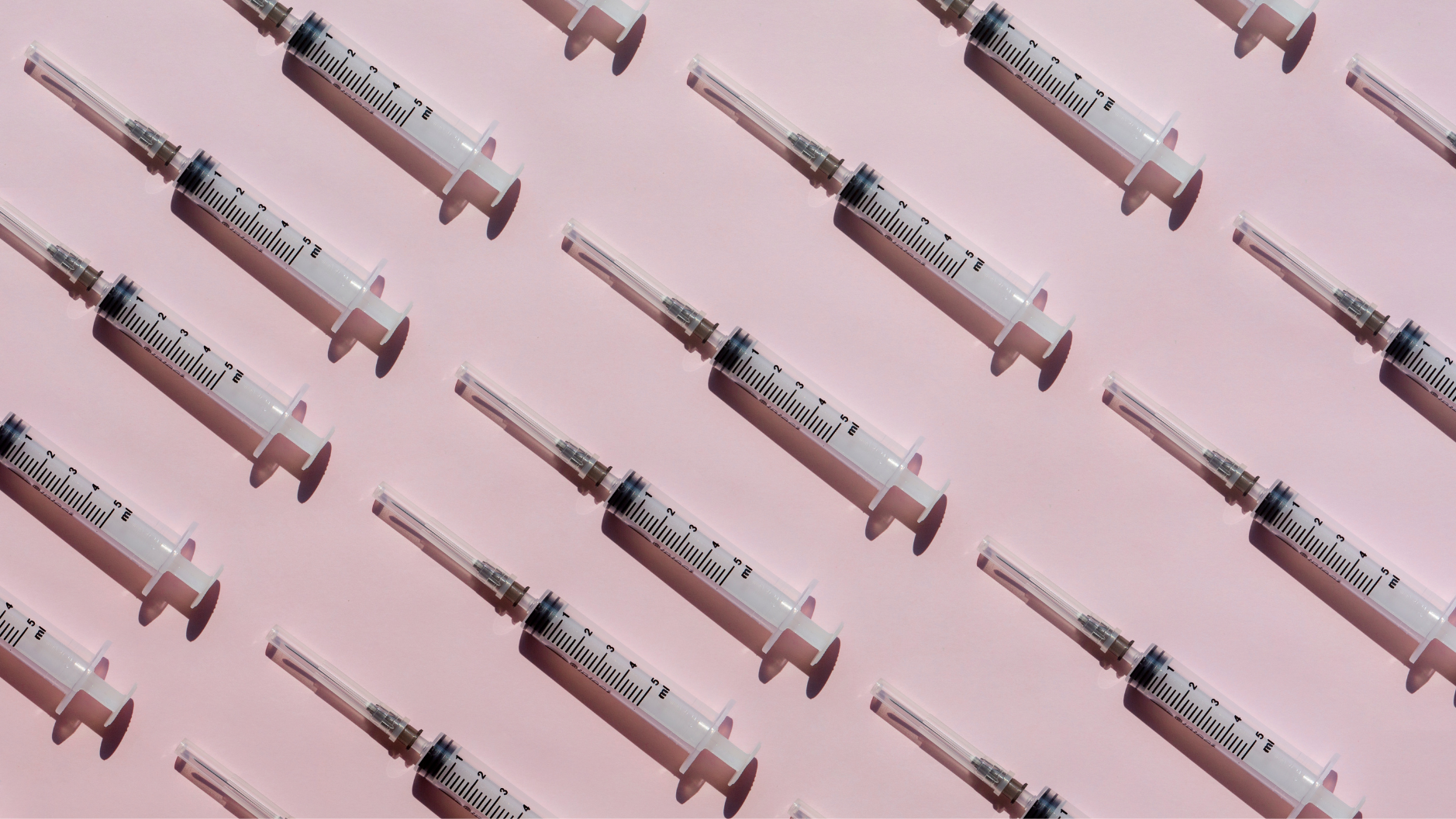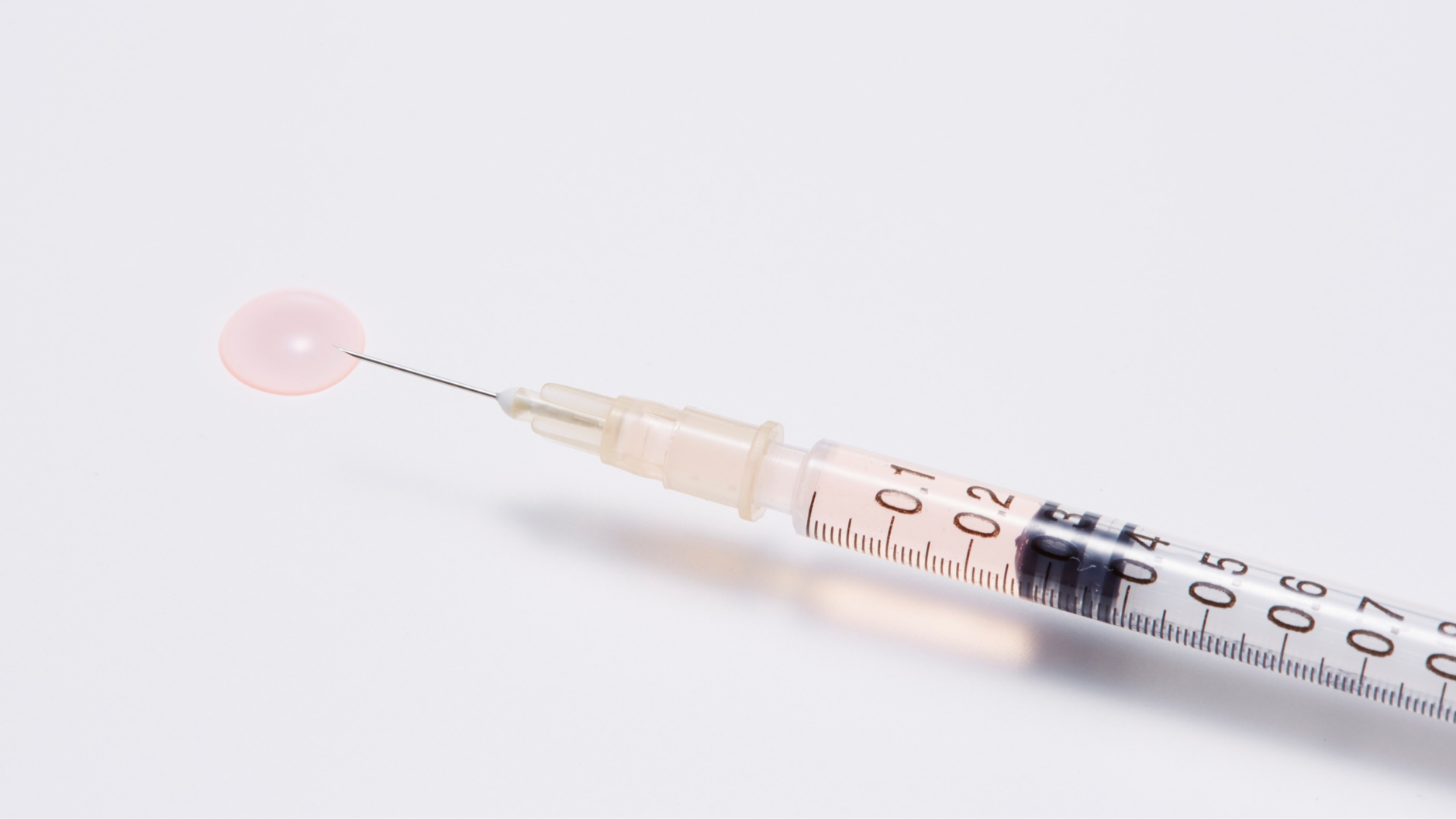Mesotherapy vs. PRP vs. Exosomes: Which Works Best for Hair Regrowth?
With more people seeking non-surgical solutions for hair loss, injectable therapies like mesotherapy, PRP, and exosomes are becoming increasingly popular. But which of these methods delivers the best results? And how do you know which one is right for your type of hair loss?
In this guide, we compare the mechanisms, evidence, and practical differences between these three treatments based on clinical trial data, biological plausibility, and real-world results.

What are these treatments and how do they work?
Although all three treatments involve injecting active substances into the scalp, they each work in different ways.
Mesotherapy uses blends of nutrients, peptides, vitamins, and sometimes medications, injected into the superficial layers of the scalp. These ingredients are selected to match the individual’s needs, such as stimulating hair growth, reducing oxidative stress or supporting hydration. Depending on the formulation composition, in some cases actives can support hair growth for weeks. This approach is flexible and can be customised to the diagnosis and condition of the scalp.
PRP, or platelet-rich plasma, is made from the patient’s own blood. After the blood is processed in a centrifuge, the plasma is injected into the scalp. This plasma contains growth factors like VEGF and IGF-1, which may stimulate blood flow, increase hair density, and support follicle health. Most of the active signalling occurs within a few hours to days, which is why repeat sessions are usually required.
Exosomes are extracellular vesicles that can be sourced from bovine colostrum, donor stem cells, or lab-manufactured systems. These microscopic carriers contain proteins and genetic material such as messenger RNA. When injected, they are believed to send biological signals that support tissue repair, new blood vessel growth, and follicle communication. Studies have shown improvements in density and thickness after three to six months [3], though long-term safety data remains limited. The effects may vary depending on the exosome type, how it was prepared, and the condition of the scalp and body.
PRP: Strengths, limitations, and considerations
PRP appeals to many because it uses the patient’s own blood. Its growth factors can stimulate blood flow and encourage follicles to enter the growth phase. However, its effects are short-lived unless repeated over time.
The quality of PRP depends on the quality of the blood used. Low iron can reduce platelet production and function, while zinc deficiency may impair how effectively platelets work and signal. If someone has chronic inflammation, thyroid issues, or vitamin D deficiency, their results will be less reliable.
Still, in individuals with stable nutrient levels and no underlying inflammation or sytemic drivers of hair loss, PRP can deliver visible results, especially in the early stages of hair thinning.
Exosomes: The new frontier?
Exosomes are often considered the next generation of regenerative treatments. They carry a complex mix of biological messages that may support long-term tissue repair and dermal communication. Unlike PRP, which has a fast but brief effect, exosomes may promote longer-lasting results due to their molecular signalling properties.
Some are derived from bovine colostrum, others from stem cells, and some are manufactured in controlled lab settings. However, not all exosome products are the same. They vary by source, quality control, and intended use. While early trials are promising, large-scale, long-term studies are still in progress.
Exosomes are also one of the more expensive options and may not be offered in all clinics.
Mesotherapy: Tailored and accessible
Mesotherapy is widely used because it can be adapted to each person’s hair loss pattern, sensitivity, and scalp condition. It delivers nutrients and actives directly into the scalp layers. A well-designed mesotherapy formula may include ingredients that support scalp hydration and comfort, reduce inflammation or irritation, stimulate blood flow, improve follicle metabolism and provide structural nutrients such as amino acids and peptides. It can also modulate the effects of DHT with compounds like dutasteride or (to a lesser extent) saw palmetto as well as enhancing follicle signalling with growth factor peptides such as Biotinyl-GHK, Copper Tripeptide-1, or QR678, which are known to promote blood vessel formation and prolong the hair growth phase. Because it can be customised, mesotherapy is often more accessible and cost-effective, making it a good option for people with early to mid-stage androgenetic alopecia or chronic telogen effluvium, especially when other treatments have not worked.
Do systemic factors matter?
Yes. One of the most important things to understand is that most clinical studies on PRP, mesotherapy, and exosomes are conducted in people who do not have underlying health issues.
Hair loss can be triggered or worsened by iron deficiency, thyroid imbalance, chronic stress, or inflammation. These systemic conditions affect how well your scalp tissue responds to any regenerative treatment. If these are not corrected, even the best injectable therapy may underperform.
That is why it is important to consult a dermatologist or clinical trichologist before starting treatment. A proper assessment may include blood testing, trichoscopy, and scalp imaging, which can guide the best approach for your specific needs.
Summary: Which one should you choose?
Each treatment has its place in a comprehensive approach to hair restoration.
-
PRP is a good option for people with no nutrient deficiencies and healthy metabolic function. It delivers fast-acting growth factors but usually needs to be repeated over a series, this can become expensive. Most clinical reserach shows it is effective in early stage andorgenetic alopecia.
-
Exosomes offer exciting regenerative potential and consistent formulation, but sessions are more expensive. This type of service should be reserved for when dormant follicles need to be 'woken up' by stem cell activation or hair loss has persisted for more than 12 months. Again, most clinical reserach shows it is effective in early stage andorgenetic alopecia.
-
Mesotherapy is a flexible, lower-cost option that works well when customised. It is especially helpful for people with mild to moderate thinning or telogen effluvium.
The best results often come from combining treatments, such as mesotherapy with topical minoxidil or PRP with nutritional support. What matters most is selecting the right treatment at the right time and preparing the scalp and body to respond.
FAQs
Which treatment works the fastest?
PRP often works quickly due to the rapid release of growth factors, but results may fade without repeat treatments. Mesotherapy and exosomes may show more gradual improvement.
Are these treatments safe?
Yes, when performed by trained professionals. PRP and mesotherapy have longer safety histories. Exosomes are newer and still undergoing clinical evaluation.
Can I combine treatments?
Yes. Some clinics alternate between mesotherapy and PRP or use exosomes in combination with topical treatments to maximise results.
Which treatment is most affordable?
Mesotherapy is typically the most accessible in terms of cost. PRP is moderately priced, while exosomes are generally the most expensive.




